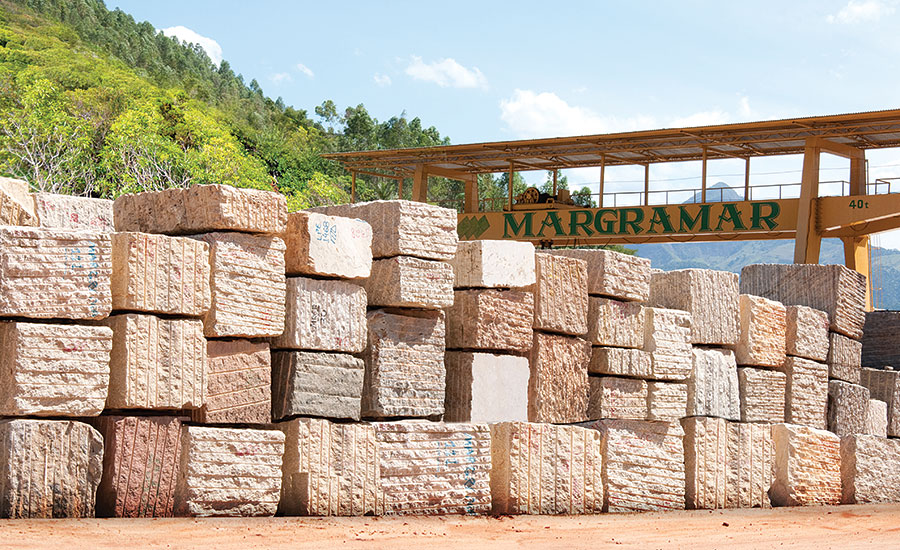Unveiling the Mysteries of Granite Quarrying: Where Stamina and Beauty Meet
The world of granite quarrying is a world where the raw stamina of nature converges with human virtuosity to develop structures that stand the examination of time with an air of beauty. From the midsts of quarries to the precise polishing in workshops, the procedure of changing granite into building wonders is a complex dancing of tradition and technology. As we peer right into the depths of this ancient craft, we begin to uncover the concealed complexities that shape the really essence of our developed environment.
The Origins of Granite Quarrying
In the record of architectural history, the origins of granite quarrying are shrouded in a tapestry of old craftsmanship and geological wonders. Dating back to old Egypt and Mesopotamia, the removal of granite from quarries marked the start of a journey that would ultimately cause the production of some of the world's most iconic structures.
Granite quarrying's roots can be traced to the knowledgeable craftsmens that identified the rock's durability and aesthetic appeal. Through a combination of primitive tools and sheer determination, these early quarry workers unearthed granite blocks that would become the foundation of civilizations.
As worlds progressed, so did the methods of quarrying granite. The Romans, renowned for their design prowess, established sophisticated techniques for drawing out granite to construct monoliths, holy places, and roads that stood the test of time.
The legacy of these old quarrying methods continues to shape modern design, with granite staying a symbol of strength and style in building and construction tasks around the globe. (granite quarries in south africa)
Tools of the Quarrying Profession
The development of granite quarrying techniques from old people to contemporary times highlights the vital role played by the devices of the quarrying sell shaping the sector's techniques. In ancient times, quarrying tools were primary, usually including blades, hammers, and wedges made from materials like bronze or iron. These tools required substantial workforce and time to essence granite blocks from quarries.

In addition, the introduction of pneumatic devices and high-powered equipment has significantly decreased the physical labor needed in quarrying procedures, boosting worker safety and efficiency. As the quarrying market continues to innovate, the tools of the profession continue to be at the forefront of driving development and shaping the future of granite removal.
Removing Blocks of Granite
Using precision machinery and progressed strategies, the removal of granite obstructs from quarries has actually ended up being an advanced process in the modern quarrying sector. Regulated blowing up methods are then employed to damage apart the granite into manageable sections.

Sprucing Up and Completing Methods
To achieve a flawless surface area on granite a knockout post blocks, proficient artisans employ a collection of careful polishing and ending up methods. After the initial removal and shaping processes, the granite obstructs go through a complete polishing phase to improve their natural elegance and longevity. One usual technique utilized in polishing granite is ruby abrasion, where commercial diamonds are used to grind and brighten the stone to a smooth finish. This process not just produces a lustrous surface area however also makes sure uniformity my link in shade and structure throughout the granite block.
In enhancement to polishing, completing strategies are applied to additional improve the granite's appearance. These methods might consist of flaming, honing, or cleaning, each offering unique structures and coatings to suit various aesthetic choices. Flaming, for instance, entails exposing the granite surface to high temperature levels to create a harsh, distinctive surface, suitable for exterior applications where slip-resistance is vital. Honing, on the other hand, gives a matte finish that is smooth to the touch, excellent for indoor kitchen counters and flooring. By meticulously choosing and using these polishing and completing strategies, artisans can change raw granite blocks into charming items that showcase both stamina and style.

Environmental Impact and Sustainability
With the growing focus on environmental awareness in the market, granite quarrying practices are progressively scrutinized for their influence on all-natural sources and lasting sustainability. Additionally, the transport of granite from quarries to refining centers generates carbon emissions, even more adding to ecological destruction.
To minimize these impacts and guarantee sustainability in granite quarrying, market stakeholders are embracing different procedures. Applying innovative modern technologies to reduce energy consumption and water use, redeeming quarried land for eco-friendly restoration, and advertising liable sourcing techniques are some approaches being used. Qualifications such as the Woodland Stewardship Council (FSC) and the Leadership in Energy and Environmental Design (LEED) aid customers determine ecologically friendly granite items.
Conclusion
In verdict, granite quarrying is a procedure that requires specialized devices and methods to extract blocks of granite and polish them to a high level of coating. While the environmental impact of quarrying can be substantial, efforts are being made to boost sustainability methods in the industry. Generally, granite quarrying is a delicate equilibrium between using the stamina and elegance of this natural rock while reducing its influence on the atmosphere.